Home>Garden Essentials>How To Plant Banana Seeds
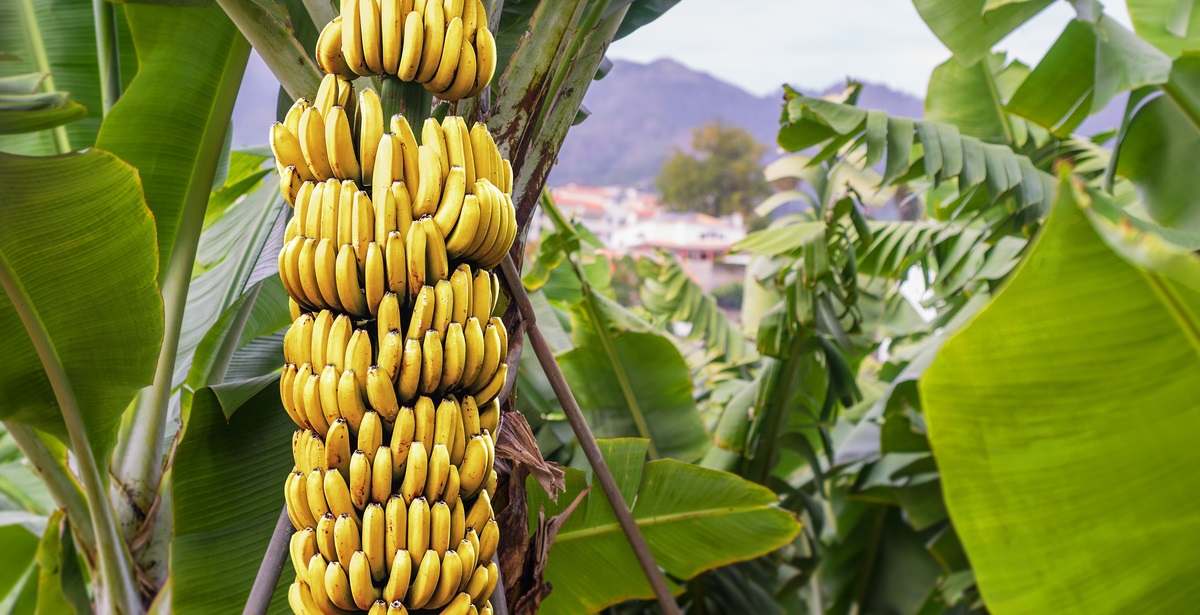

Garden Essentials
How To Plant Banana Seeds
Modified: May 6, 2024
Learn how to plant banana seeds in your garden and enjoy fresh bananas from your own backyard. Follow our step-by-step guide and start growing your own fruit today.
(Many of the links in this article redirect to a specific reviewed product. Your purchase of these products through affiliate links helps to generate commission for Storables.com, at no extra cost. Learn more)
Introduction
Welcome to the wonderful world of gardening! If you have always dreamed of growing your own delicious bananas right at home, you’re in luck. Planting banana seeds and nurturing them into thriving plants is a rewarding experience that allows you to enjoy the taste of tropical fruits right from your own backyard.
Bananas are not only flavorful and nutritious, but they also add a touch of lush greenery to your garden. With their large, vibrant leaves and tall, elegant stems, banana plants make a stunning addition to any landscape. Whether you live in a hot climate or simply want to bring a tropical vibe to your space, growing bananas can be a delightful endeavor.
In this article, we will guide you through the process of planting banana seeds and caring for the plants from germination to harvesting. We’ll discuss how to select the right banana seeds, prepare the soil and pots, germinate the seeds, transplant the seedlings, and provide essential care tips to ensure the health and productivity of your banana plants.
Before we dive into the details, it’s important to note that there are two main types of bananas: dessert bananas and cooking bananas. Dessert bananas, such as the popular Cavendish variety, are typically eaten fresh and have a sweet flavor. Cooking bananas, on the other hand, are starchy and used for cooking purposes. Both types can be grown from seeds, but dessert bananas are more commonly cultivated by commercial growers through vegetative propagation. However, if you’re up for a gardening challenge, planting banana seeds can be a fun and rewarding experience.
Key Takeaways:
- Growing your own banana plants is a fun and rewarding experience that adds tropical beauty to your garden. With the right care, you can enjoy delicious homegrown bananas and share the joy with loved ones.
- From selecting banana seeds to harvesting the fruits, each step in growing banana plants plays a vital role in their development. Embrace the challenge and enjoy the wonders of nurturing nature right in your backyard.
Read more: How To Plant A Banana Seed
Selecting Banana Seeds
When it comes to selecting banana seeds, there are a few factors to consider to ensure the successful growth of your plants. Here are some tips to help you make the right choice:
- Variety: There are numerous banana varieties available, each with its own unique characteristics and flavor profiles. Do some research to identify which variety suits your preferences and climate. Some popular dessert banana varieties include Cavendish, Lady Finger, and Williams, while cooking banana varieties like plantains are also worth considering.
- Source: Purchase banana seeds from reputable sources such as nurseries, online seed suppliers, or local agricultural extension offices. This ensures that you obtain high-quality, disease-free seeds that have the best chance of germinating and developing into healthy plants.
- Freshness: Look for seeds that are fresh and have not been stored for too long. Fresh seeds have a higher germination rate and are more likely to produce viable seedlings. Check the packaging for the date of production or expiration to ensure you’re getting fresh seeds.
- Climate: Consider your climate and growing conditions when selecting banana seeds. Some varieties are better suited to tropical or subtropical climates, while others can tolerate cooler temperatures. Choose a variety that is well-adapted to your specific climate to maximize your chances of success.
- Genetic Diversity: Incorporating genetic diversity into your banana plantation can help increase resistance to pests, diseases, and environmental stress. If possible, consider obtaining seeds from different sources to introduce genetic variation and strengthen the overall resilience of your banana plants.
Remember, banana seeds may not produce true-to-type plants, meaning the characteristics of the parent plant may not be fully reflected in the offspring. However, growing bananas from seeds can still result in unique and interesting variations, adding to the excitement and charm of your garden.
Preparing Soil and Pots
Creating the ideal growing environment for your banana seeds is crucial to their successful germination and growth. Here are the steps to prepare the soil and pots:
- Soil: Banana plants thrive in well-draining, rich, and loamy soil. They prefer a slightly acidic to neutral pH level, around 6 to 7. Prior to planting, prepare the soil by removing any weeds, rocks, or debris. If the soil in your area is heavy or clayey, consider adding organic matter like compost or well-rotted manure to improve its texture and fertility.
- Pots: Choose pots or containers that provide enough space for the root system to grow. Opt for containers with drainage holes to prevent waterlogged soil, which can lead to root rot. Banana plants have large and deep root systems, so select pots that are at least 18 inches (45 cm) in diameter and 18 inches (45 cm) deep to accommodate their growth.
- Drainage: Ensure proper drainage by placing a layer of coarse gravel or broken pottery shards at the bottom of the pots. This will prevent water accumulation and allow excess water to escape through the drainage holes.
- Soil Mixture: Create a well-balanced soil mixture for your banana plants by combining equal parts garden soil, compost, and sand. This mixture provides the necessary nutrients, moisture retention, and aeration needed for healthy growth. Alternatively, you can use a high-quality potting mix specifically formulated for fruiting plants.
- Location: Choose a sunny location for your pots, as banana plants require at least six to eight hours of direct sunlight daily. Additionally, ensure that the area is sheltered from strong winds, which can damage the plants’ large and delicate leaves.
Once you have prepared the soil and pots, you’re ready to move on to the next step: germinating the banana seeds. Taking the time to properly set up the growing environment will give your banana plants the best chance of thriving and producing abundant fruits in the future.
Germinating Banana Seeds
Germinating banana seeds is an exciting and crucial step in the process of growing your own banana plants. Although germinating banana seeds can be challenging, following these steps can increase your chances of success:
- Seed Preparation: Start by gently removing the outer skin of the banana seeds. This outer layer can inhibit germination. Once the seeds are exposed, soak them in water for 24 to 48 hours. This soaking process helps to soften the seed coat and encourages germination.
- Paper Towel Method: Afterwards, place the soaked seeds between layers of damp paper towels or a damp kitchen towel. Keep the towels moist but not soaking wet. Place the towels in a plastic bag to create a humid environment. Seal the bag partially to still allow some airflow.
- Warmth and Darkness: Put the bag in a warm and dark location, such as on top of a refrigerator or in a cupboard. The optimum temperature for germination is around 80°F (26°C). Check the towels periodically and mist them with water if they start to dry out.
- Germination Time: Banana seeds can take anywhere from several days to a few weeks to germinate, depending on the variety and conditions. Be patient and keep an eye on the progress.
- Transplanting Germinated Seeds: Once the seeds have germinated, they will develop small roots and shoots. Carefully transfer the germinated seeds into small pots filled with the prepared soil mixture. Plant the seeds with the root side downwards and cover them with a thin layer of soil.
- Moisture and Light: Place the pots in a warm, well-lit location, such as a sunny window sill or under grow lights. Maintain consistent moisture in the soil, ensuring it doesn’t become waterlogged. Mist the soil lightly with water when it starts to dry out.
- Seedling Care: As the seedlings grow, provide them with adequate sunlight and gradually increase their exposure to direct sunlight. Watch out for pests or diseases and take appropriate measures to protect your young plants.
Remember that not all banana seeds may germinate successfully. It’s normal to have varying germination rates. Be sure to germinate a few extra seeds to account for potential failures. Once the seedlings have established a strong root system and are a few months old, you can move on to the next step: transplanting them into larger pots or into the ground.
Plant banana seeds in well-draining soil, about 1 inch deep. Keep the soil consistently moist and place the pot in a warm, sunny spot. It can take 2-3 weeks for the seeds to germinate.
Transplanting Banana Seedlings
Once your banana seedlings have developed a strong root system and are a few months old, it’s time to transplant them into larger pots or directly into the ground. Follow these steps to ensure a smooth transition:
- Container Size: If you are transplanting into larger pots, choose containers that are at least 24 inches (60 cm) in diameter and 24 inches (60 cm) deep. This will provide enough space for the growing root system. Make sure the pots have drainage holes to prevent waterlogging.
- Soil Preparation: Prepare the soil mixture by combining equal parts garden soil, compost, and sand. Ensure that the soil is well-draining and rich in organic matter. Remove any weeds or debris from the planting area.
- Transplantation Process: Gently remove the seedlings from their current pots, taking care not to damage the roots. Place the seedlings in the new pots at the same depth they were previously planted. Fill in the gaps with the prepared soil mixture, gently pressing it down to provide support. Water the plants thoroughly after transplanting to help them settle in.
- Spacing: If you are transplanting banana seedlings into the ground, space them at least 10 to 15 feet (3 to 4.5 meters) apart to allow for their large size at maturity. Provide enough distance between the plants to ensure good air circulation and prevent competition for resources.
- Staking: Depending on the variety, your banana plants may require staking to provide support as they grow taller. Install a sturdy stake near the seedling and loosely tie the stem to the stake, allowing room for growth. This will prevent the plant from toppling over during windy conditions.
- Watering and Mulching: After transplanting, water the seedlings regularly to keep the soil evenly moist. Apply a layer of organic mulch around the base of the plants to help retain moisture, suppress weed growth, and regulate soil temperature.
- Protection: Protect the transplanted seedlings from extreme weather conditions, such as strong winds or heavy rains, by providing temporary shelter or using protective covers. Shielding the plants during their initial period of adjustment will promote healthy growth.
Keep a close eye on your transplanted banana seedlings and monitor their progress. As they continue to grow, you may need to provide additional support and adjust the stakes accordingly. With proper care and nurturing, your banana plants will soon flourish and reward you with their iconic tropical foliage and, eventually, delicious fruits.
Read more: How To Germinate Banana
Caring for Banana Plants
Providing proper care and maintenance is essential for the health and productivity of your banana plants. Here are some key aspects to consider when caring for your banana plants:
- Watering: Banana plants require consistent moisture, but it’s important not to overwater them. Water the plants deeply and thoroughly, ensuring that the soil is evenly moist but not waterlogged. Aim to keep the soil consistently damp, especially during hot and dry periods. Avoid allowing the soil to completely dry out between waterings.
- Fertilization: Regular fertilization is crucial for strong growth and optimal fruit production. Use a balanced, slow-release fertilizer formulated for fruiting plants. Apply the fertilizer every two to three months, following the instructions on the label. Alternatively, you can use organic fertilizers, such as compost or well-rotted manure, to provide essential nutrients to the plants.
- Pruning: Pruning banana plants is essential to maintain their health and appearance. Remove any dead or damaged leaves as they appear, as well as any suckers or offshoots that are diverting energy from the main plant. Pruning helps improve air circulation, reduce disease risks, and promote the growth of the main stem.
- Pest and Disease Management: Keep a close eye on your banana plants for signs of pests or diseases. Common pests that can affect banana plants include aphids, nematodes, and banana weevils. Treat infestations promptly with organic insecticides or consult with a local garden center for appropriate pest control measures. Additionally, ensure proper sanitation and hygiene practices to prevent the spread of diseases.
- Weed Control: Regularly remove weeds from around your banana plants to reduce competition for nutrients and water. Apply a layer of mulch around the base of the plants to suppress weed growth and help conserve soil moisture.
- Protection from Cold: Banana plants are typically sensitive to cold temperatures. If you live in a region with cold winters, provide protection by covering the plants with burlap or frost blankets. Alternatively, you can dig up the plants and store them indoors in a cool, dark location until the cold weather passes.
- Support: As your banana plants grow, use additional stakes or support systems to provide stability and prevent the plants from toppling over. This is especially important for taller varieties that can be prone to winds or heavy fruit bunches.
By following these care guidelines, you’ll ensure that your banana plants stay healthy, vibrant, and productive. With proper care, patience, and a little bit of luck, you’ll soon be able to enjoy the wonders of homegrown bananas.
Harvesting Banana Fruits
One of the most exciting and rewarding parts of growing your own banana plants is harvesting the delicious fruits. Here are some key things to know when it comes time to harvest your banana fruits:
- Ripeness: Bananas are typically harvested when they are fully ripe or just starting to ripen. The ideal time to harvest depends on the variety, but generally, the fruits should be mature, with the skin turning yellow or slightly green. Avoid harvesting them too early, as they may not have reached their full flavor and sweetness.
- Picking Method: To harvest the bananas, hold the bunch with one hand and use a sharp knife or secateurs to cut the stem above the first hand or fruit cluster. Avoid pulling or twisting the bunch, as this can damage the plants and affect future growth. Handle the fruits gently to prevent bruising or damage.
- Timing: It’s best to harvest the entire banana bunch when the first bananas in the cluster are ready to be picked. Removing the entire bunch at once allows for more efficient handling and ripening. However, if you prefer to enjoy the bananas at different stages of ripeness, you can selectively harvest individual hands or clusters.
- Ripening: After harvesting, you can allow the bananas to ripen naturally at room temperature. Placing them in a paper bag can help accelerate the ripening process. Bananas produce ethylene gas, which promotes ripening. Keep in mind that the ripening rate may vary depending on the variety and environmental conditions.
- Storage: Once the bananas are ripe, you can store them at room temperature or in the refrigerator to extend their shelf life. Cold temperatures can slow down the ripening process, while warmer temperatures can expedite it. Avoid exposing the fruits to extreme heat or cold.
- Enjoying the Fruits: Bananas are delicious and versatile fruits that can be enjoyed in many ways. They can be eaten fresh, added to smoothies, used in baking, or incorporated into various dishes. Experiment with different recipes and savor the sweet, tropical flavor of your homegrown bananas.
- Future Harvests: After harvesting a bunch, your banana plant may produce “suckers” or offshoots that can grow into new plants. These can be left to develop, and you can repeat the process of growing and harvesting bananas in the future. This allows for a continuous supply of fresh bananas.
Remember that the flavor and quality of homegrown bananas are unmatched, adding an extra level of satisfaction to your gardening efforts. Enjoy the fruits of your labor and share the bounty with family and friends.
Conclusion
Congratulations on taking the exciting journey of growing your own banana plants! By following the steps outlined in this article, from selecting banana seeds to harvesting the fruits, you’ve learned the essential techniques for successfully nurturing these tropical plants. Whether you’re looking to add a touch of tropical beauty to your garden or simply enjoy the taste of freshly-picked bananas, growing your own banana plants can be a rewarding and fulfilling experience.
Throughout the process, it’s important to remember that banana plants require specific care and attention. Ensure that they receive adequate sunlight, moisture, and nutrients, while protecting them from pests, diseases, and extreme weather conditions. By providing optimal growing conditions and giving them the attention they need, you can enjoy healthy and productive banana plants.
From germinating the banana seeds to transplanting the seedlings and caring for the plants, each step plays a vital role in their growth and development. And when the time comes to harvest those sweet, tropical fruits, the satisfaction and joy of enjoying them will be unparalleled.
So, whether you’re a seasoned gardener or just starting out, embrace the challenge of growing your own banana plants. Let your garden be transformed into a tropical paradise as you nurture these beautiful and fruitful plants. Soon, you’ll be able to taste the delicious fruits of your labor and share the joys of homegrown bananas with loved ones.
Remember, gardening is a continuous learning process, and each success and failure provides valuable lessons. Enjoy the journey and embrace the wonders of nurturing nature right in your backyard. Happy gardening and happy banana growing!
Now that you've mastered planting banana seeds, why not spruce up their surroundings? Our guide on garden fence ideas offers creative and stylish options to protect and beautify your garden. Whether you're looking to create a cozy retreat or simply enhance your outdoor space, these fencing solutions are worth checking out. Don’t miss out on transforming your garden into a stunning haven.
Frequently Asked Questions about How To Plant Banana Seeds
Was this page helpful?
At Storables.com, we guarantee accurate and reliable information. Our content, validated by Expert Board Contributors, is crafted following stringent Editorial Policies. We're committed to providing you with well-researched, expert-backed insights for all your informational needs.

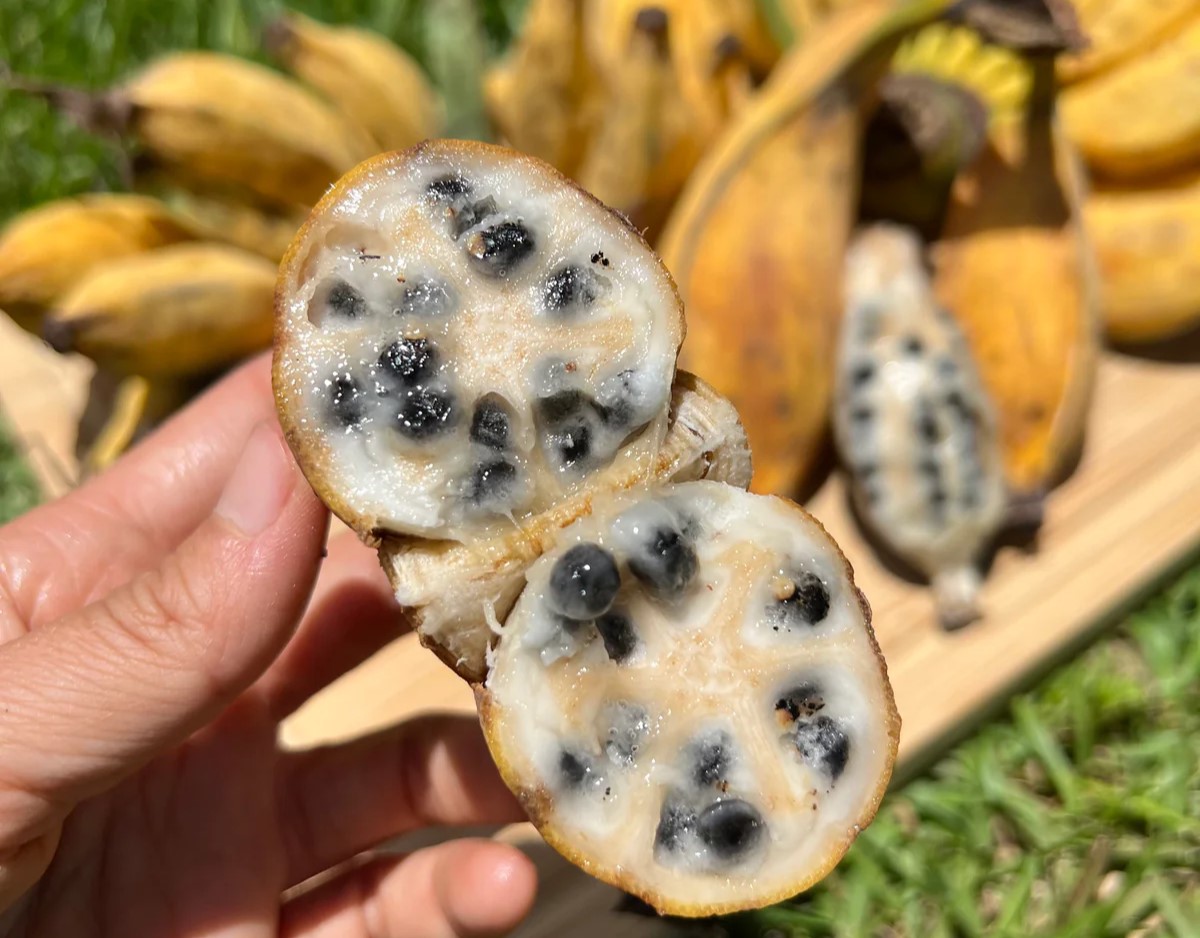
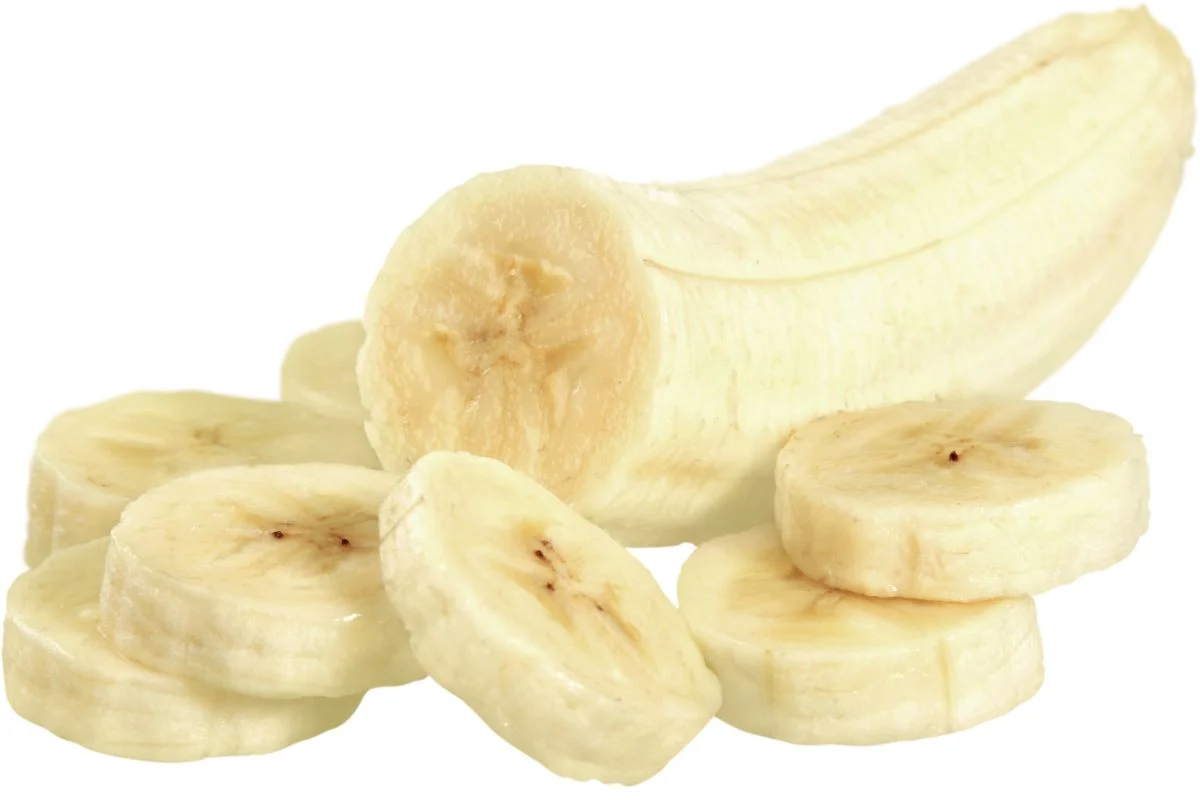
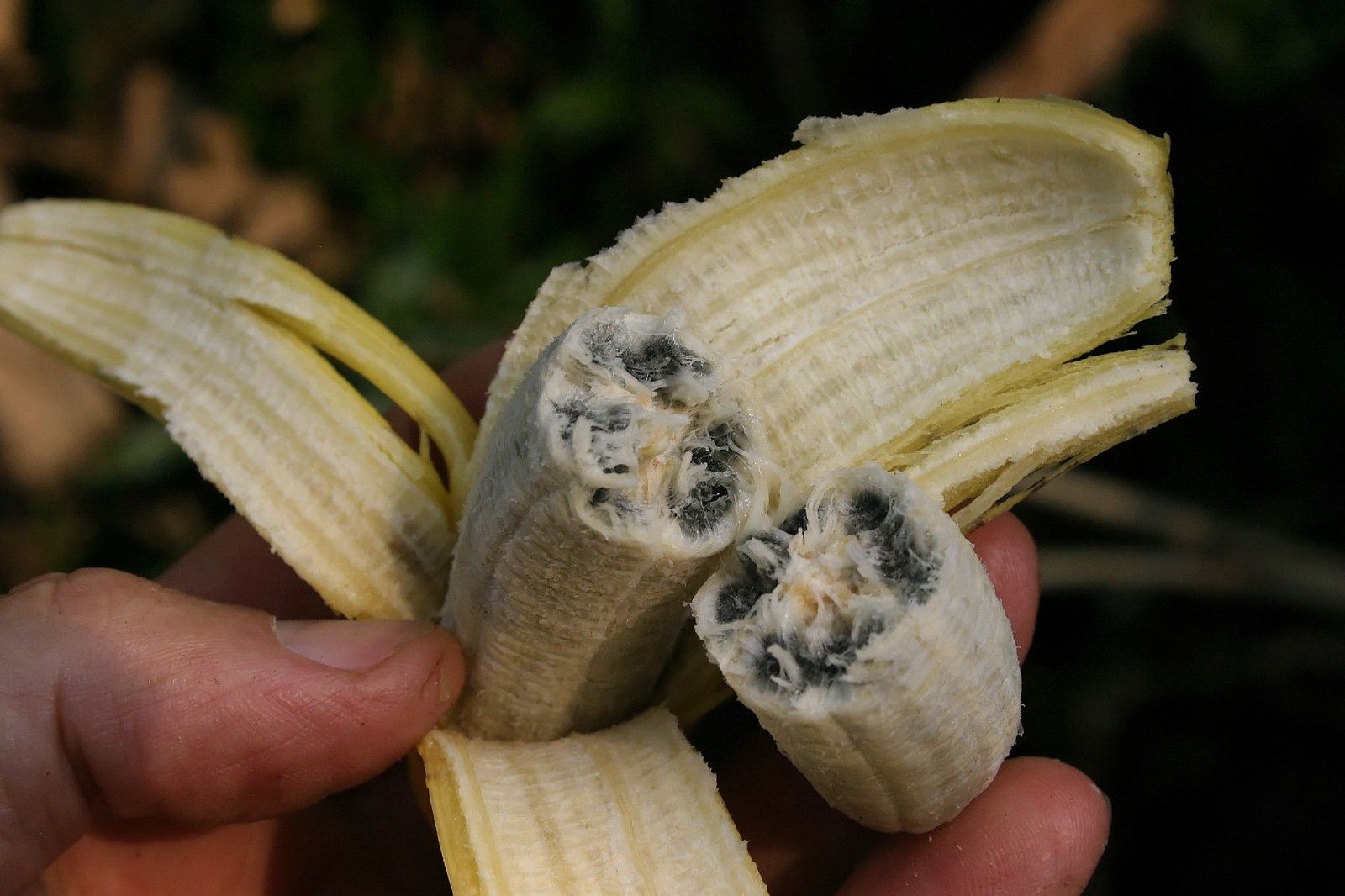
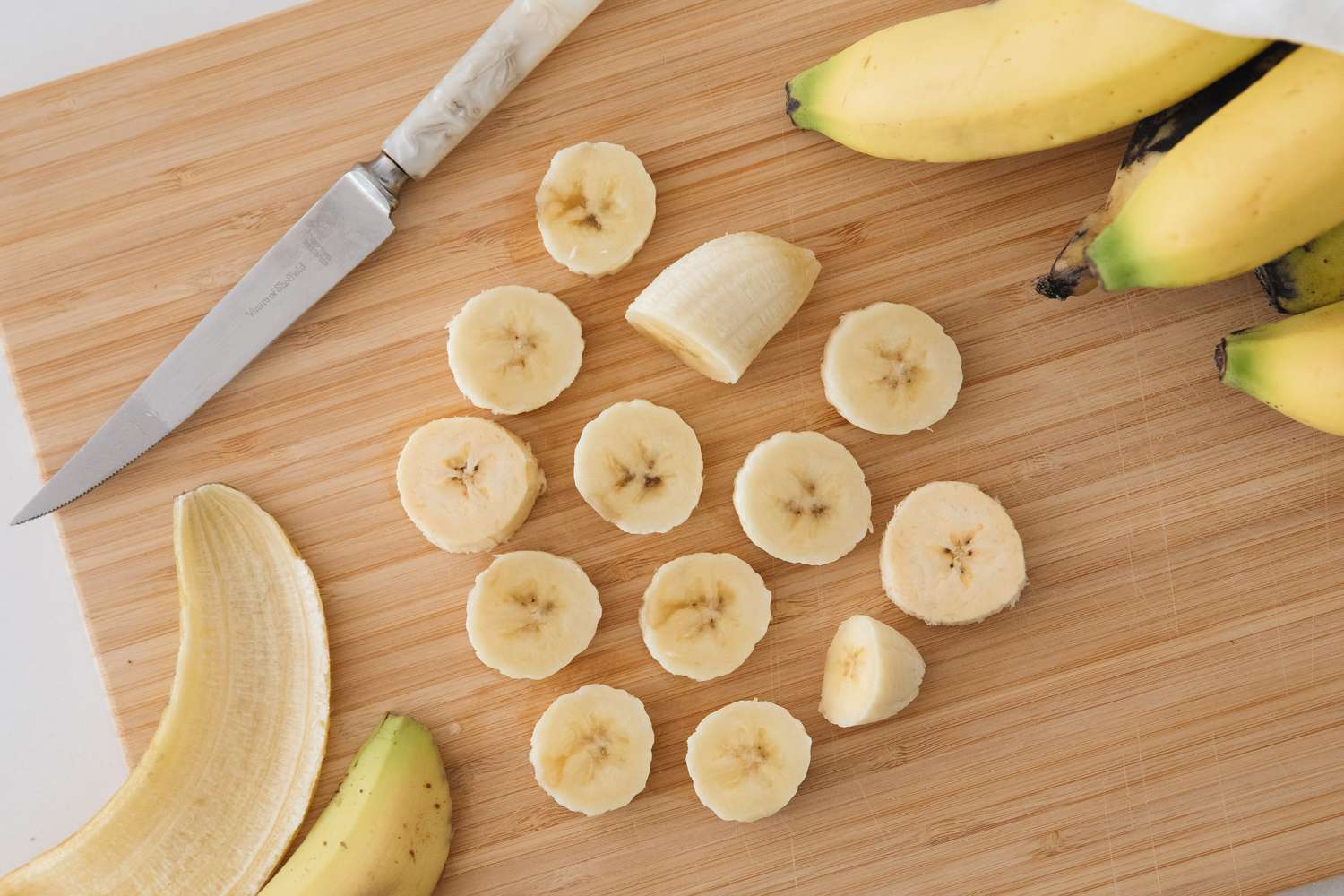
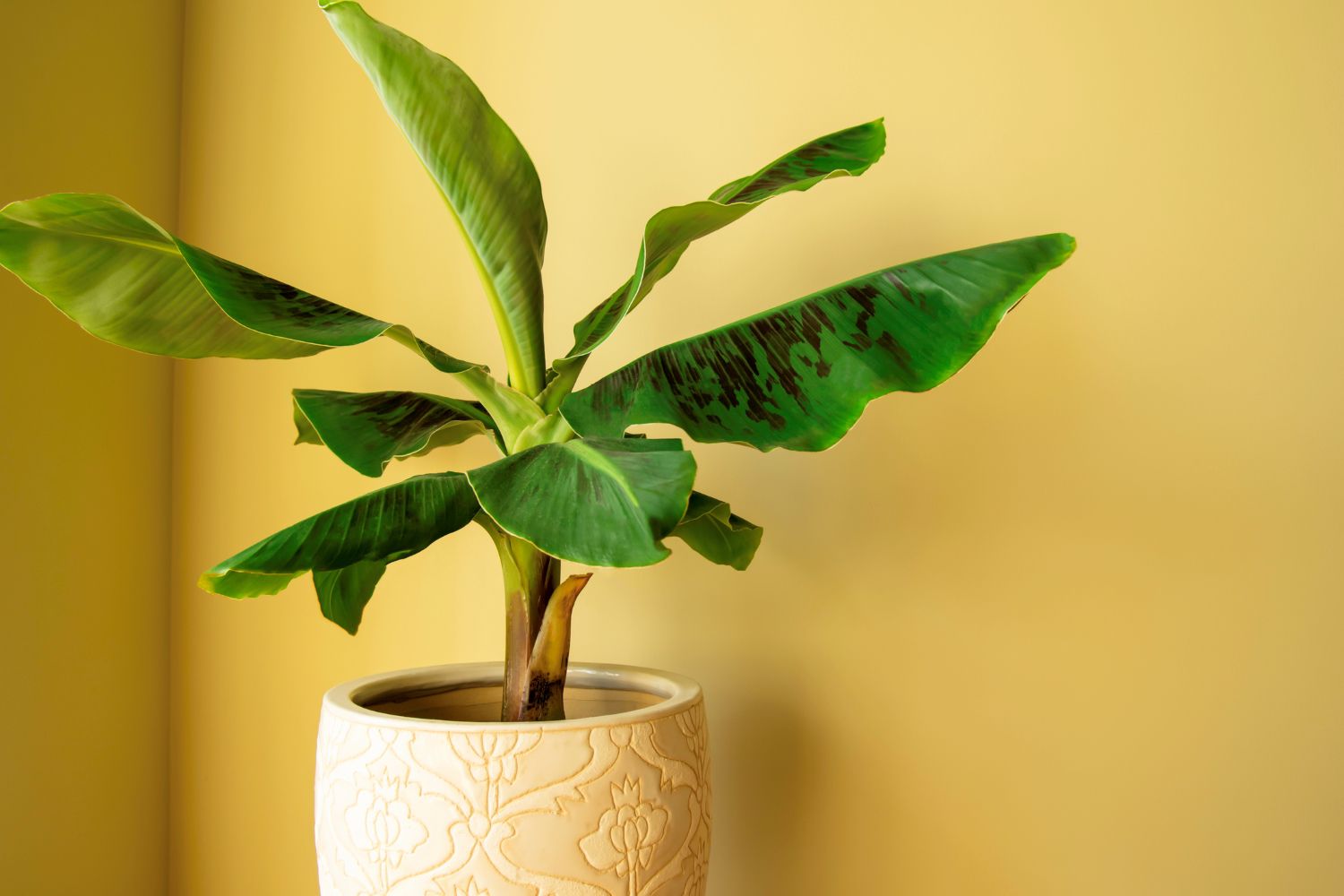
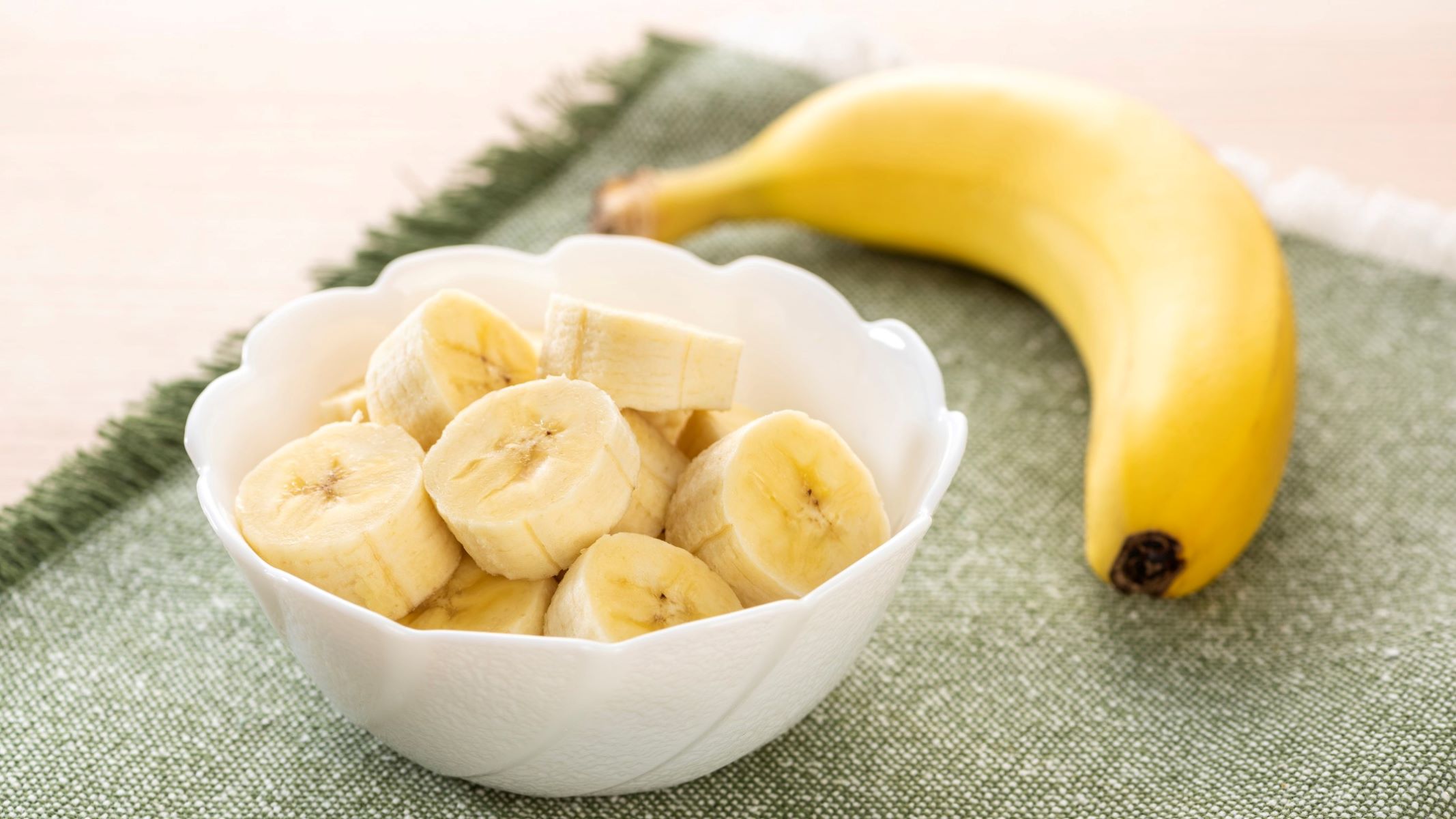
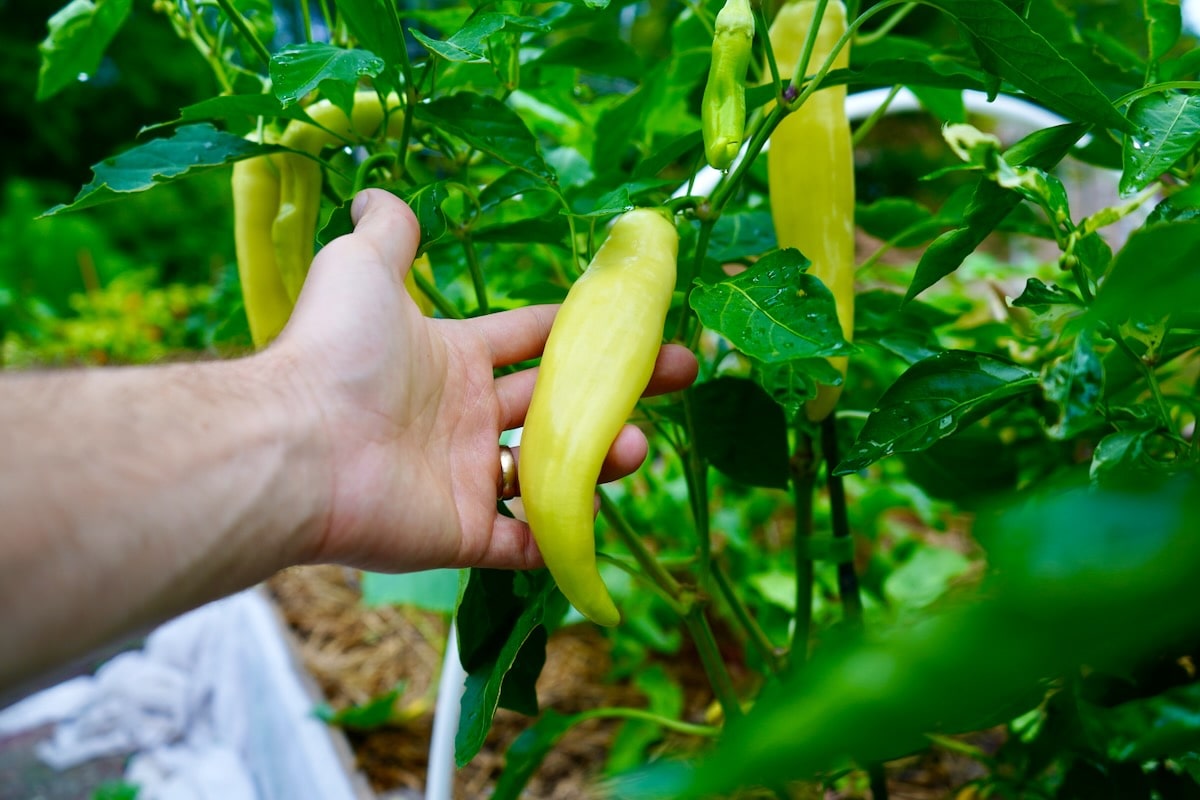
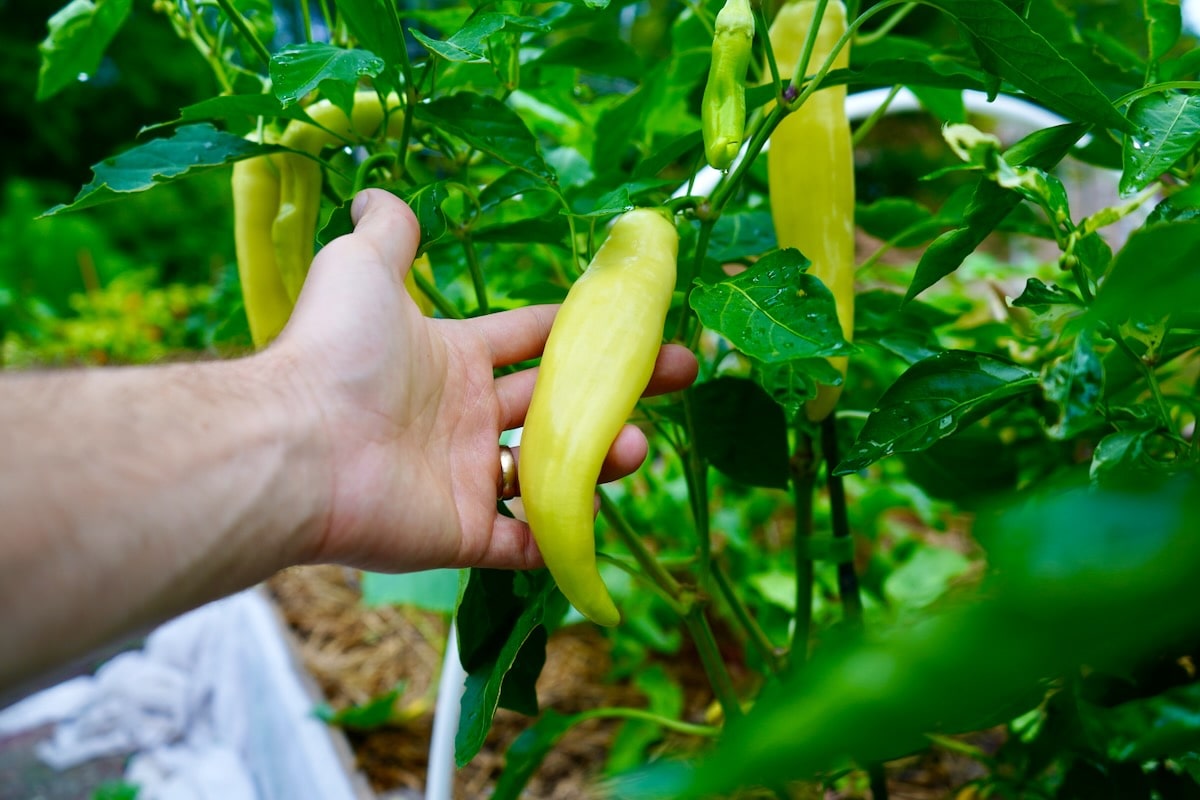

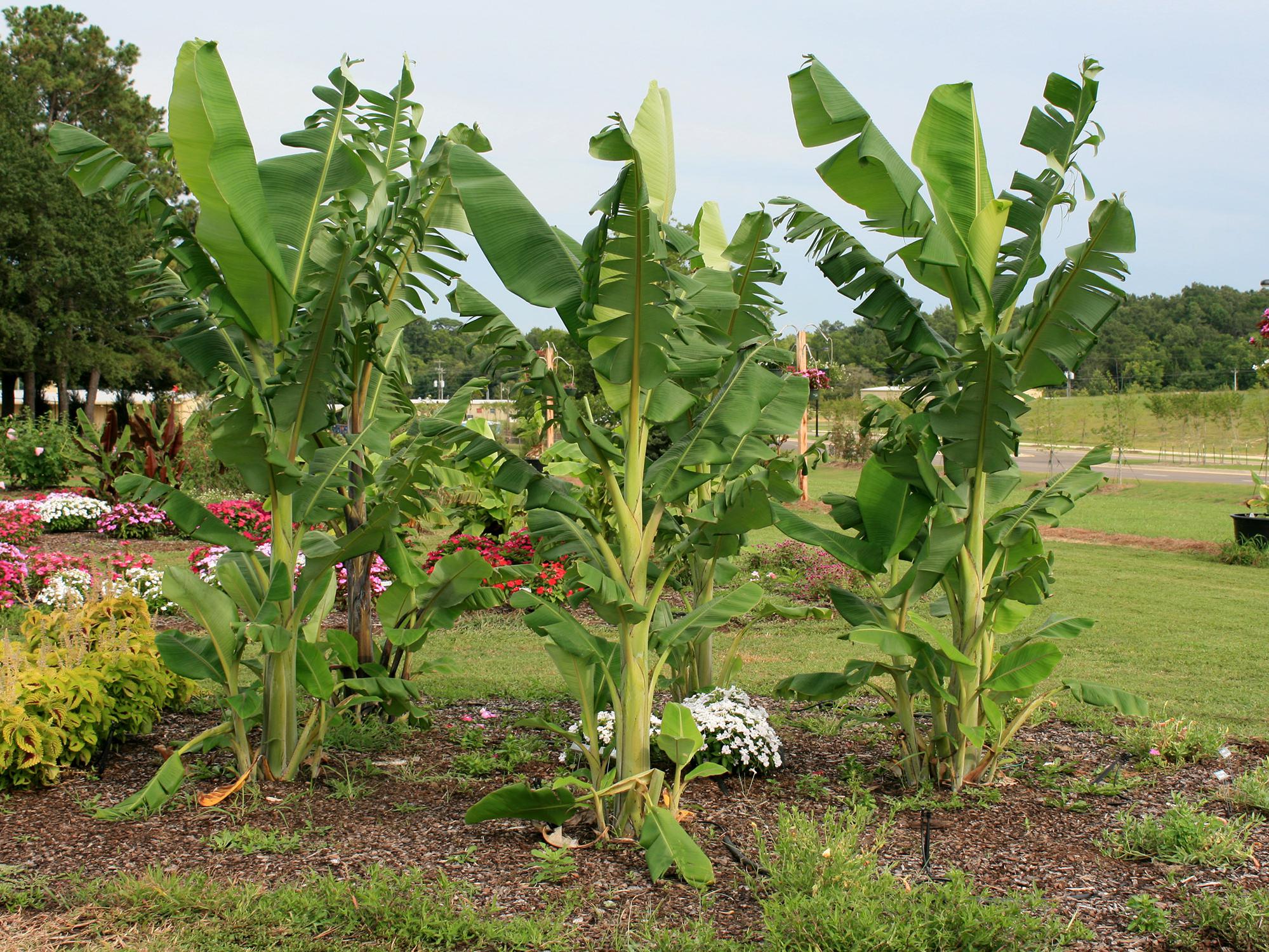

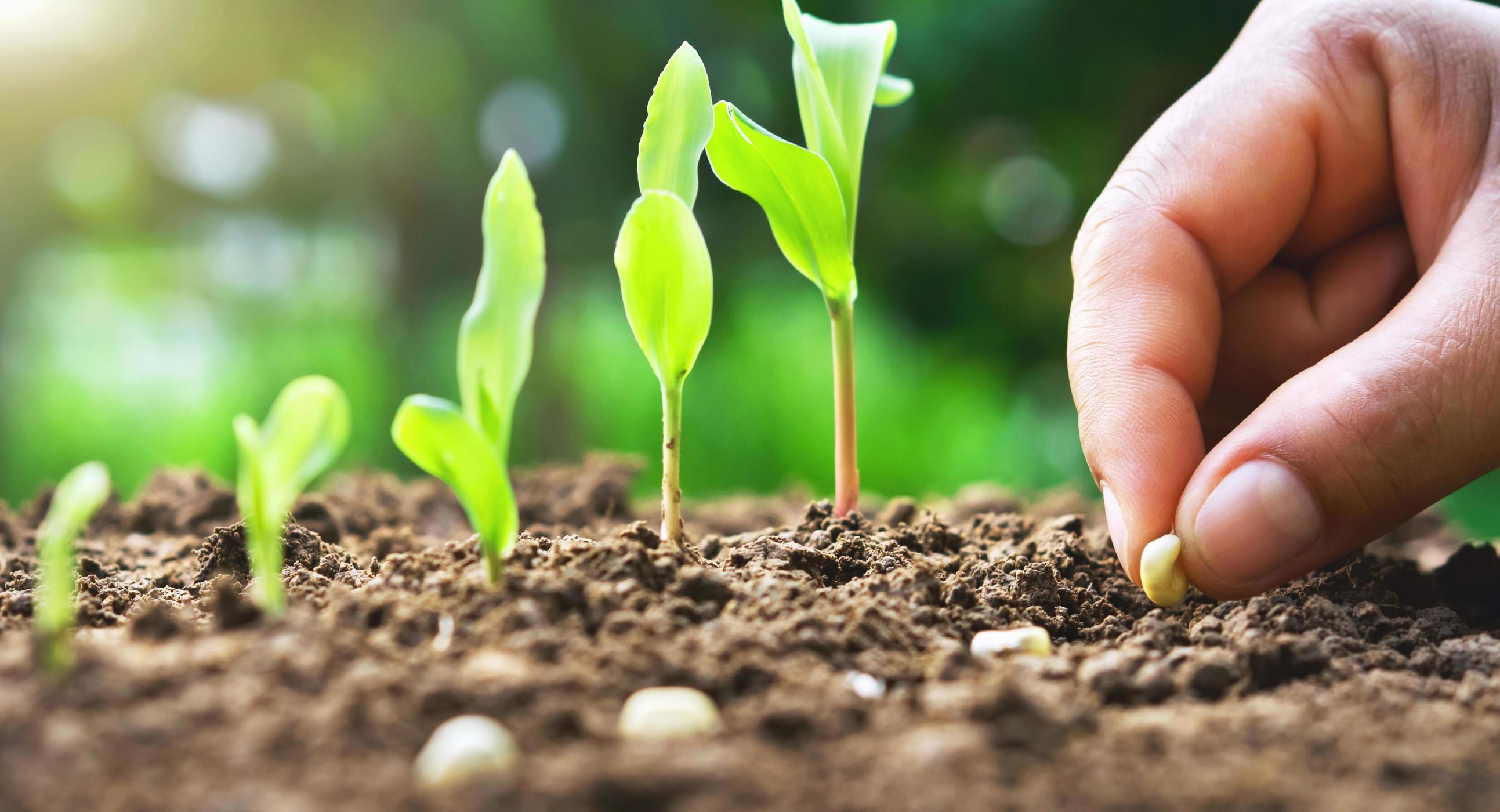
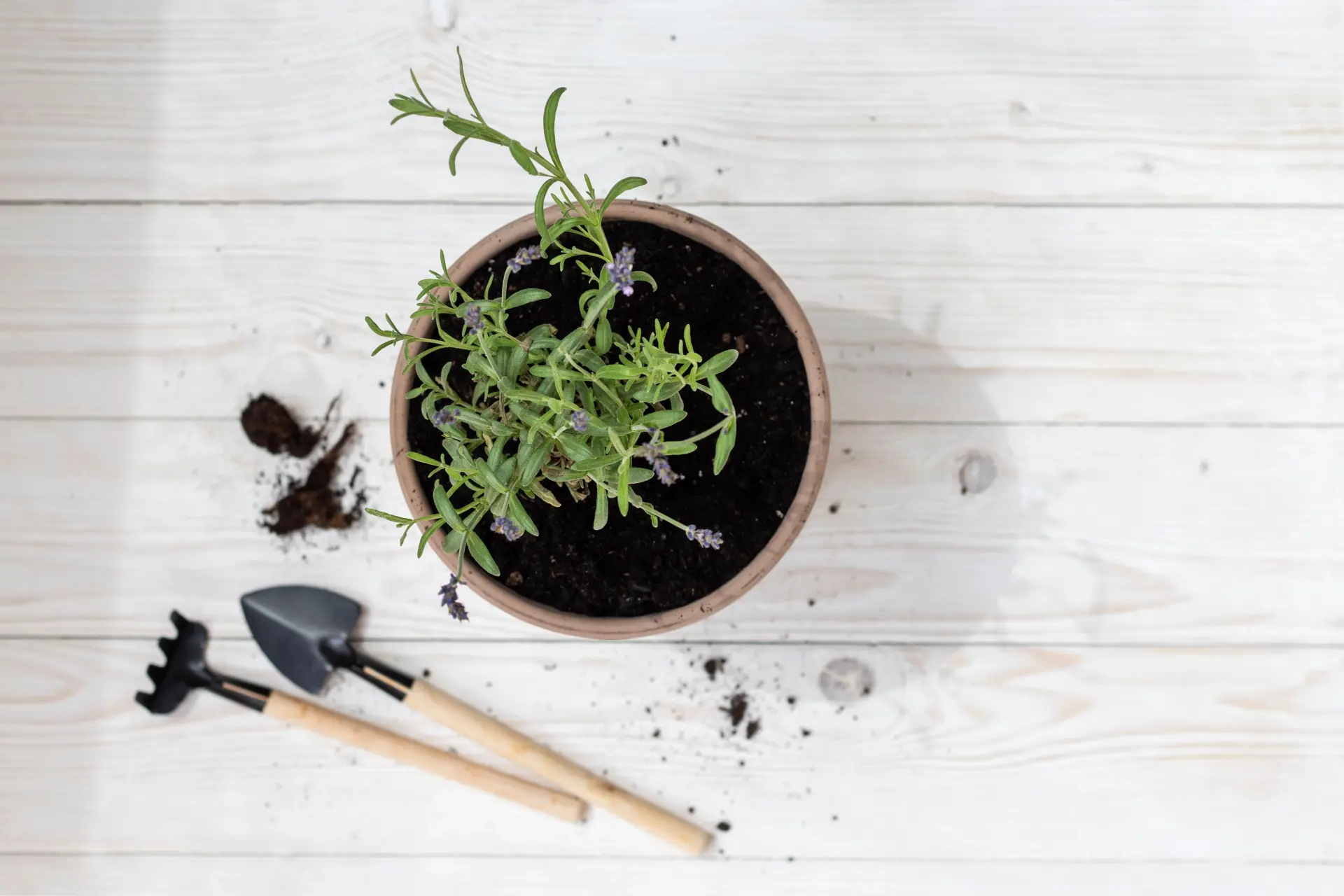

0 thoughts on “How To Plant Banana Seeds”